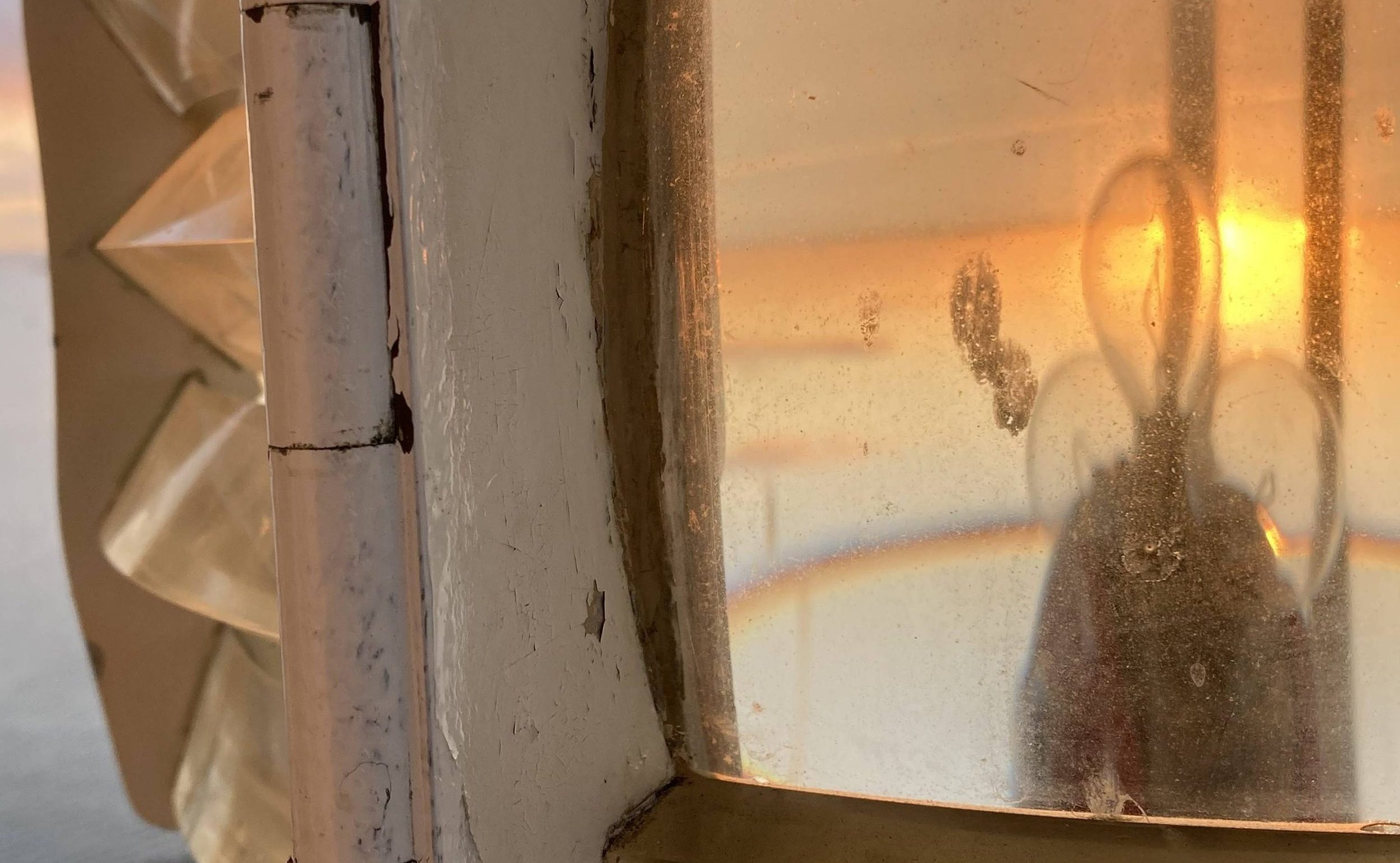“When we truly feel safe—when our nervous system recognizes security on a deep, embodied level—our capacity for love, trust, and connection expands exponentially.” — Diana Poole Heller
Our bodies carry the stories of our earliest experiences. During those first, formative years, we develop patterns of connection—our attachment styles—that profoundly influence how we engage in relationships and how we experience our own bodies. In body-oriented therapy, it becomes clear how these patterns are felt in our approach to touch, boundaries, and contact. By consciously attending to these patterns, space emerges for new experiences and a deeper understanding of yourself.
Secure Attachment and the Trusted Body
Those who received consistent loving care as children often develop a secure attachment style. The body then feels like a trusted place, like home. You experience a natural balance between closeness and autonomy, feel and respect your boundaries, and trust your bodily sensations. Touch that feels right brings relaxation. Your body has stored an inner memory: “You are safe, you are seen.” This experience forms a solid foundation for self-confidence and openness in connection.
Avoidant Attachment and the Closed-Off Body
When your needs in childhood were not acknowledged or emotional availability was unpredictable, an avoidant attachment style may have developed. In your body, this can be felt as distance or disconnection. Perhaps you tend to ignore your physical signals or analyze them instead of feeling them. Touch, even when you long for it, can feel uncomfortable. The need for control and predictability is often strong, and tension in the body protects against vulnerability. The underlying message your body carries is: “I have to do it alone.”
Anxious Attachment and the Alert Body
With an anxious attachment style—arising from inconsistent care—the body is often hyperalert. The nervous system becomes activated quickly, and even subtle signals of possible rejection can trigger intense physical reactions. There is a strong desire for closeness, but that desire often comes with fear of abandonment. Feeling and expressing boundaries is difficult. Your body constantly asks: “Am I safe? Am I loved?” This sensitivity can lead to deep empathy but also to exhaustion.
Disorganized Attachment and the Divided Body
If you faced confusion or trauma in your early life, a disorganized attachment style may develop. The body then knows both the desire for and the fear of connection. Closeness evokes mixed reactions; sometimes you feel present, sometimes distant. There may be dissociation or confusion about what your body is indicating. You might experience difficulty trusting your physical signals. The inner question the body carries is: “Is connection safe or dangerous?”
The Healing Power of Conscious Touch
Body-oriented therapy offers space to explore these patterns and, where needed, to soften them. Through respectful, attuned touch, new experiences can emerge where safety is slowly built. This requires a foundation of trust, following your own pace, and a gentle, non-judgmental presence with everything that arises. The survival strategies that were once necessary are approached with compassion. Gradually, more space develops to truly come home to your body.
The Journey to Embodied Safety
Recognizing how old patterns influence your current experience, space emerges to explore new ways of being. You learn to feel your boundaries, express them, and consciously experience and anchor moments of real connection. It’s not a linear path but a cyclical journey in which you repeatedly learn to trust the rhythm of your body and your heart.

